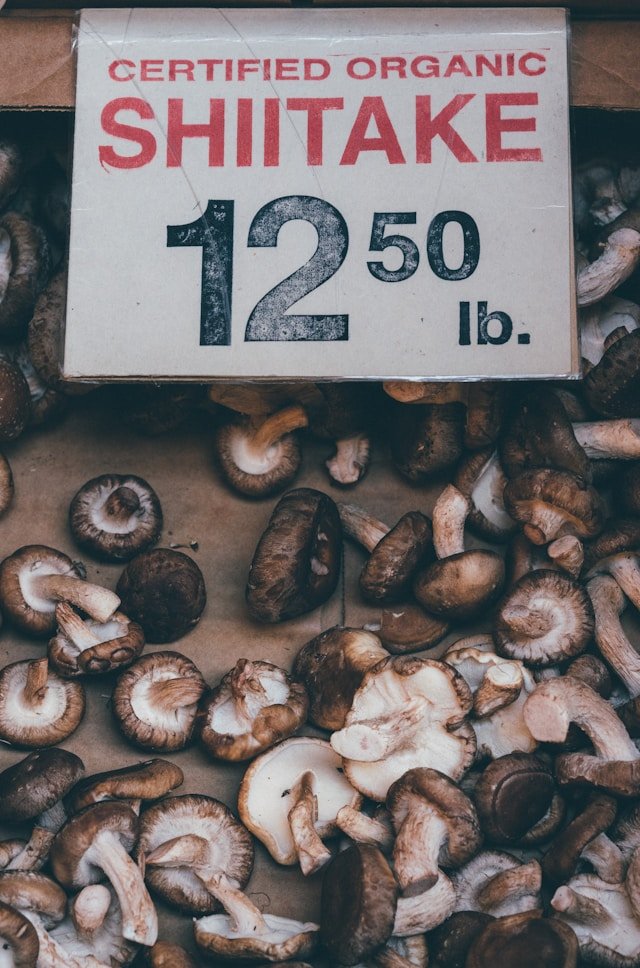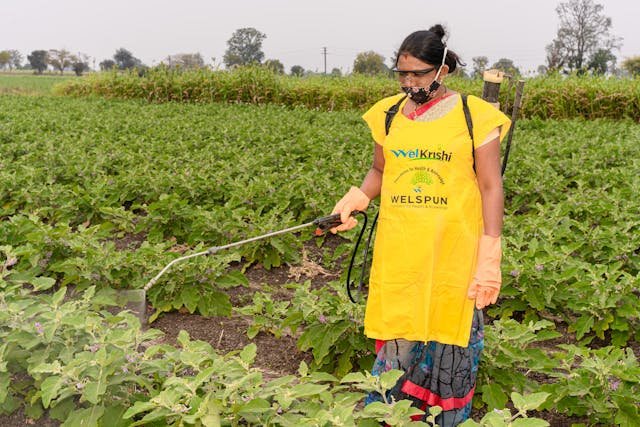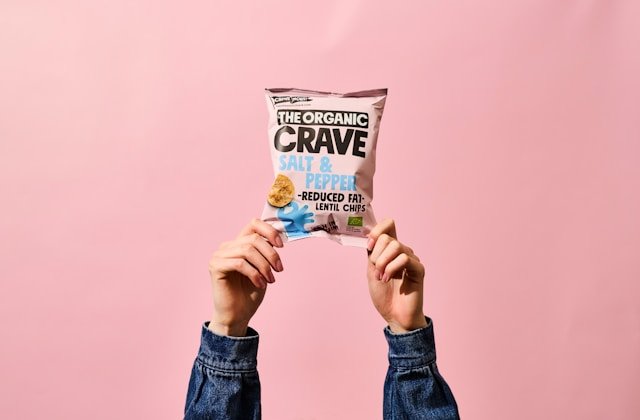Items carrying an organic label are naturally produced and minimally processed. Foods and products labelled as organic are produced using sustainable agricultural and production practices, which minimize negative impacts on the environment and people.
Organic foods and products meet specific production criteria:
- Produce is grown using sustainable practices without chemical pesticides.
- Growers use non-chemical methods to ensure robust and pest free crops.
- Food products do not receive radiation treatment to prevent spoilage.
- Seeds and livestock are free of genetic modifications, which cannot be achieved naturally.
- Livestock are antibiotic and growth hormone free.
- Animals bred and raised for market receive humane treatment.
The term “Organic” also carries a larger cultural context. Some people adopt an organic lifestyle.
People who live organically apply related practices in every aspect of their lives, which:
- Minimize their exposure to harmful chemicals and toxins.
- Minimize their negative impact on the environment.
- Use naturally produced and sustainable products and services to achieve these objectives.
Sustainable Practices
Agriculture remains one of the higher impact areas when applying sustainable practices. Sustainable agricultural practices seek to protect and perpetuate environmental resources, ensure economic profitability for those working within the industry, and facilitate economic and social equality.
Stakeholders, farmers, farmworkers, policymakers, commercial sellers and consumers, take an integrated and systemic approach to applying and ensuring sustainable agricultural practices. Their objective is to produce food responsibly now, so future generations may retain their ability to do the same.

People advocate for sustainable agricultural practices and use them to strive to meet four main objectives:
- Protecting the integrity of water sources and ensuring their continuity and using water responsibly to minimize negative impacts on habitats and wildlife
- Reducing dependence on nonrenewable energy sources by integrating renewable energy sources and labour into current operations within the parameters of economic feasibility
- Protecting air quality by reducing smoke, dust, pesticide drift and nitrous oxide emissions associated with modern agricultural practices
- Preventing soil erosion and enhancing soil quality
- A secondary objective, one that is becoming increasingly important, is to prevent and minimize the exposure of cultivated plants and animals, farmworkers, surrounding wildlife and neighbours to toxic synthetic chemicals, pesticides, insecticides and fungicides.
Non-toxic Pest Control
Organic farmers apply preventative measures to control pests and disease among crops. They interplant more than one crop to create biodiversity and plant smaller crops with strategic spacing to prevent pest and disease mobility.
They also practice crop rotation, switching the types of crops grown to replenish the soil for future plantings.
They take measures like selecting pest resistant crops and releasing other insects, which will prey on the pests without affecting their crops.
The use of external inputs like sprays, whether natural or synthetic, is viewed as a last resort and must meet the National Organic Standards.
Organic farmers do not use genetically modified seed or livestock. The long-term impacts of Genetically Modified Organisms (GMO) remain mostly unknown.
Studies also indicate a link between GMOs and growing instances of allergic reactions and digestive disorders, as well as high levels of GMO related pesticide exposure in women and their unborn children.
Organic chickens and cows are never fed growth hormones, or given antibiotics.
Organic farmers treat livestock as needed using natural and homeopathic remedies. This approach does not contribute to the growing problem of antibiotic resistance of bacterial strains.
It also prevents the passing of unnecessary antibiotics and growth hormones to human consumers in meat, chicken, butter and other dairy products.
Humane Treatment
Humanely treated livestock live in well-ventilated, appropriate populated environments. With room to move and behave naturally, the animals remain healthy and enjoy their natural diet of grass and or seed. Some supplementation with non-GMO grains is allowed. They do not consume feed, which includes the waste materials of other animals or animal by products, which can carry pathogens harmful to livestock and the human end consumers.
Essentially, organically cultivated foods and livestock come to market with minimal human intervention. The goal is to keep the process of growth and development as close to ecologically natural processes as possible.
Photo by Thom Milkovic on Unsplash



